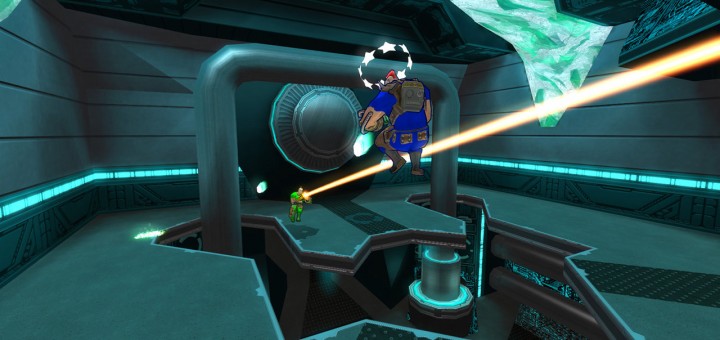

When a fireteam initiates combat through an attack, event, or ambush, the player goes to a separate mode, reminiscent of Darkest Dungeon’s combat system with two major differences: deployment space and cover. The second major piece of the game is the tactical layer. READ NEXT: 15 Best Strategy Games To Mull Over Players can use items like flares, compasses, and bandages to make exploration easier, but these resources are scarce. Furthermore, dotted around Warsaw’s districts are wary German patrols that, if the player is not careful, will ambush the fireteam and initiate combat. The missions themselves are tension-filled due to the fireteam having a limited action point pool throughout, meaning exploration is limited and if the player runs out of action points without achieving the objective, the mission fails. An effective way of looking at the Uprising’s desperate strategic outlook is treating it as a steadily sinking ship and the player’s job is to keep it afloat as long as possible. Whichever missions players choose to ignore count as automatic fails and will hinder the efforts of the Uprising, reducing its momentum. The developers at Pixelated Milk have done a great job of establishing tension and a sense of urgency in both the overall strategic situation and within missions themselves from three main factors.

Once an objective has been completed, the fireteam returns to rest and prepare for the next mission. The objectives are spread out over a 2D map of one of Warsaw’s many districts and the player must navigate their fireteam through plazas and maze-like narrow streets, all the while avoiding patrols and complete their given objectives. Missions have a wide variety of conditions and objectives, ranging from securing hidden stashes of supplies to taking out machine gun nests or disrupting reinforcing German tanks. In the Hideout, players also get to choose different missions for their fireteam to go on and help the overall effort of the Uprising. This is where the player can outfit their fireteam, read up on the stories of the different characters, resupply, recruit volunteers, repair weapons, let wounded soldiers heal, and pay respects to the fallen heroes of the Uprising. The strategic layer is further split into two distinct sections: the Hideout and missions. Warsaw, just like its main inspiration Darkest Dungeon, is split into both a strategic and a tactical layer. This rarely touched upon historical event in gaming is in itself reason to experience and learn about the Warsaw Uprising, regardless of quality of mechanics. There is no specific narrative or story and the game does not necessarily make any statement about the nature or the circumstances surrounding the Uprising, but instead focuses on portraying a dramatized experience of a people’s noble fight to regain what had been lost. The game itself is set during the months of the Warsaw Uprising starting on August 1st 1944 with the apparent advance of Soviet troops inspiring the Polish resistance to take back their capital. The battle for Warsaw is a long and arduous battle, but a battle that must be fought. Ever wanted to be a part of a resistance fighting against tyranny and restore independence? This Darkest Dungeon-inspired strategy RPG does a great job of adapting a major historical event of WWII into a hopeful experience as the player fights to reestablish control of Warsaw and rebuild Poland.


 0 kommentar(er)
0 kommentar(er)
